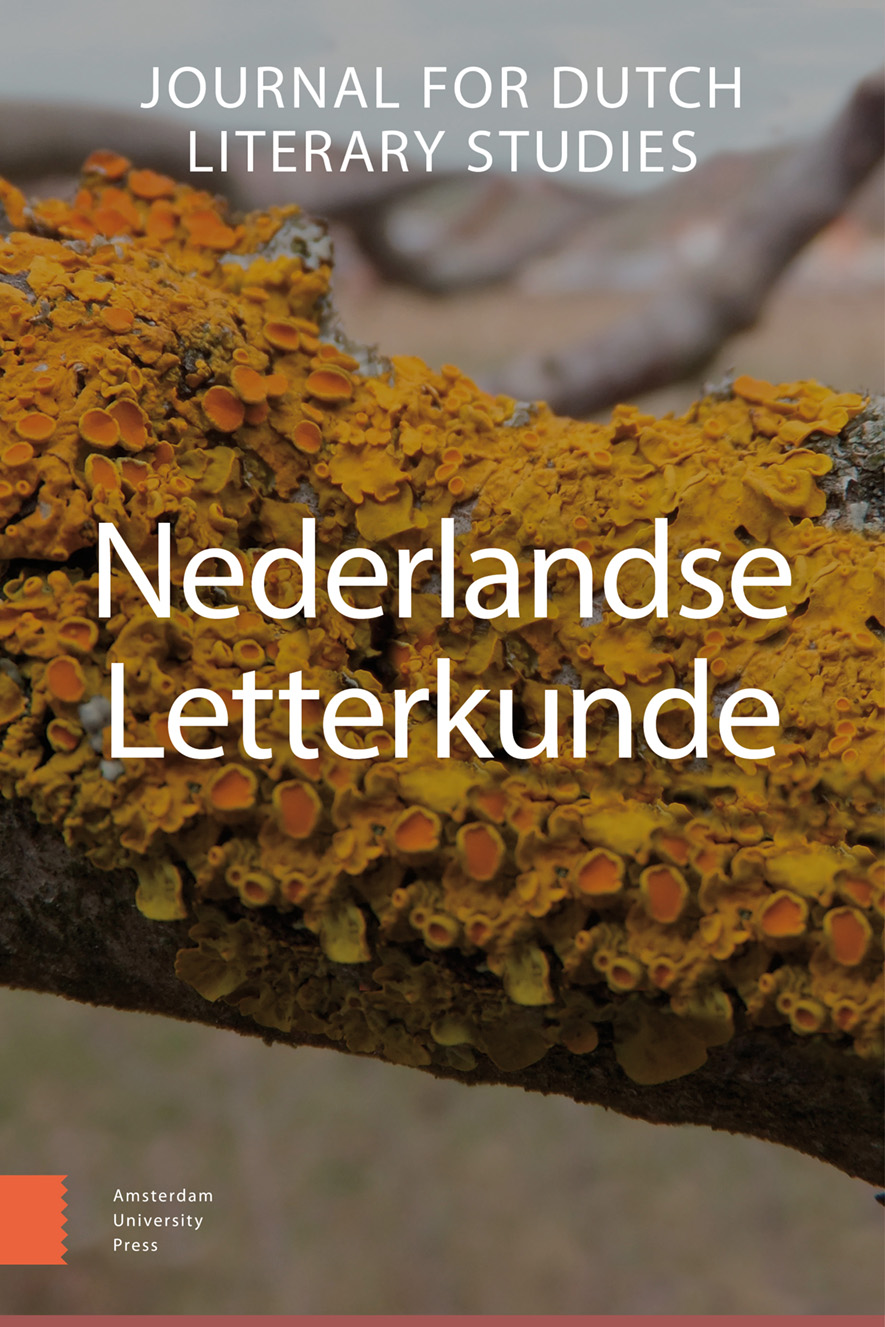-
oa De macht van satire: grenzen testen, grenzen stellen
- Amsterdam University Press
- Source: Nederlandse Letterkunde, Volume 15, Issue 3, Dec 2010, p. 193 - 220
- Previous Article
- Table of Contents
- Next Article
Abstract
Countering the conventional view of satire as a literary mode or literary art form per se, this article discusses it as a social phenomenon, focusing more specifically on its public impact and cultural function, and on the multivarious forms in which it has manifested itself through the ages. The recently started NWO research project The p ower of satire, cultural boundaries contested is our point of departure. In the first part of the article, we elaborate on the theoretical framework of this project by giving an in-depth description of the Anglo-American scholarly debates on (literary) satire and satire theory as they have taken place during the last fifty years. We point at several trends and we try to find out to what extent the existing theories may be useful for our own research. The second part of the article discusses two specific (Dutch) satiric cases using the theoretical notions of satire as play and satire as provocation. These cases are the so-called magic lantern periodicals from the 1780’s and the almanac-like periodical De Lantaarn of Pieter van Woensel, which was published between 1795 and 1801. The main question in this part of the article is: how can satire be playful and provocative at the same time? Our cases show that the answer involves both specific historical circumstances and broader cultural traditions of satire as a means to defame or to downplay certain targets.


